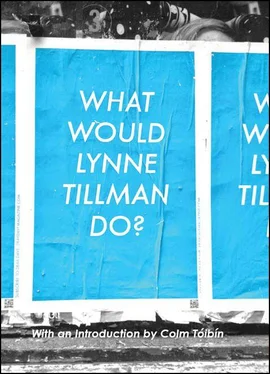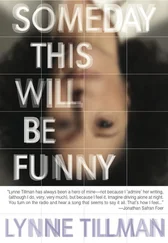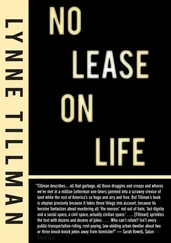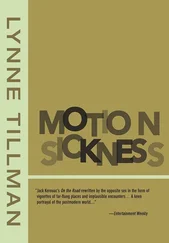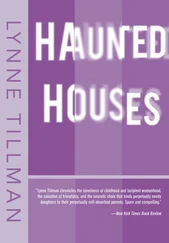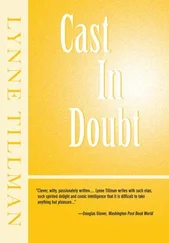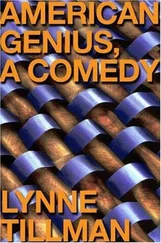***
. she was not meant for mean and shabby surroundings, for the squalid compromises of poverty. Her whole being dilated in an atmosphere of luxury, it was the background she required, the only climate she could breathe in. But the luxury of others was not what she wanted .
. Now she was beginning to chafe at the obligations it imposed, to feel herself a mere pensioner on the splendor which had once seemed to belong to her. There were even moments when she was conscious of having to pay her way . (I, 3, 23)
Lily pays by being charming and by trying to keep her reputation intact. A twentieth-century Clarissa, who even fights off a rape, Lily’s chastity is a series of questions. Purity? Property? Repression? Inhibition? Architecture is, among other things, about bodies living within structures built for bodies by bodies. Lily is subject, even prey, to assaults within two kinds of structures — external or social and internal or psychological. The exterior holds, conditions and is manifested in the interior, interiority inhabited and penetrated by the social. (If houses and ornaments are mated, psychologies are married to societies.)
She had always hated her room at Mrs. Peniston’s — its ugliness, its impersonality, the fact that nothing in it was really hers. To a torn heart uncomforted by human nearness a room may open almost human arms, and the being to whom no four walls mean more than any others, is, at such hours, expatriate everywhere . (I, 15, 118)
She had tried to mitigate this charmless background by a few frivolous touches. but the futility of the attempt struck her as she looked about the room What a contrast to the subtle elegance of the setting she had pictured for herself — an apartment which should surpass the complicated luxury of her friends’ surroundings by the whole extent of that artistic sensibility which made herself feel their superior . (I, 9, 86)
Lily wants her accommodations to fit her sense of superiority. But they usually don’t. She may even want a house or room, with its “almost human arms,” more than a man and marriage, a desire for which society traditionally punishes women. Living at her aunt’s, Mrs. Peniston — penal, penurious, penis — Lily must sleep and dream in a bedroom that’s “as dreary as a prison” (I, 9, 86). Since Wharton’s prisons are real spaces and metaphors, Lily’s mind and body are trapped not only in dreary rooms but also in the society whose customs shape her.
***
The survival of obsolete customs in architecture, which makes the study of sociology so interesting, has its parallel in the history of architecture . (Decoration, 5)
Excremental things are all too intimately and inseparably bound up with sexual things. The genitals themselves have not undergone the development of the rest of the human form in the direction of beauty; they have retained their animal cast; and so even today love, too, is in essence as animal as it ever was . 3
Sigmund Freud and Edith Wharton were contemporaries. They lived during approximately the same years, Freud from 1856 to 1939, Wharton 1866 to 1937. Freud was as interested in archeology as Wharton was in architecture; it was foundational for his thought. He mined it for metaphors and used it as analogues to human psychology. Wharton obviously had an interest in psychology, though it’s unlikely she read Freud. She was aware of him as every educated person would have been then, and wrote in a letter to Bernard Berenson, “Please ask Mary not to befuddle her with Freudianism and all its jargon” 4Though she eschewed Freud’s “jargon,” Wharton understood the terms, the ground on which she built her characters. Wharton had a sophisticated understanding of psychology, and her treatment and development of Lily Bart shows her exploring some issues that Freud did. Differently, of course.
Beneath the customs of society lie what the Gothic, and ghost stories, point to: human anxieties and fears, needs and motives drive by desires and instincts not governable by reason. The vicissitudes of sex and sexuality, duty and morality, wreak havoc on Wharton’s characters, whether in this novel, The Age of Innocence , or Madame de Treymes . Wharton is the poet of oppression and repression, and attending to her project, she presents Lily with obstacles. Freud might call them neuroses. Whatever one calls them, “things” are in the way of Lily Bart’s ability to thrive.
The preciousness of Lily’s reputation reflects the irrational foundations of her world. Taboos about virginity mark both so-called primitive and civilized societies. They mask, Freud theorized, universal human fears about female sexuality and sexuality itself. Wharton’s female characters dwell and flail about in a troubled, transitional period (a very long moment that continues to the present). Like Freud, Wharton was nurtured in a Victorian culture and then lived on into a newer, modern world. Like him, she studied the psychological effects on people resistant to, and transformed by, great cultural and social changes. (In The Mother’s Recompense , the mother flees her marriage, abandons her young daughter for her lover. Years later, the daughter whom she hasn’t seen since she ran away, will become engaged to that same man. It’s a cautionary Oedipal tale about what can happen if women chase after their desires. When the social order is overturned, duty and obligation ignored for siren freedom, Wharton intimates, incest is a possibility.)
Seated under the cheerless blaze of the drawing room chandelier — Mrs. Peniston never lit the lamps unless there was “company”—Lily seemed to watch her own figure retreating down vistas of neutral-tinted dullness to a middle-age like Grace Stepney’s . (I, 9, 80)
Inside this narrow world of prohibition and inhibition, Lily’s possibilities are limited. If Selden embodies Lily’s hopes, her Utopian vision, Grace Stepney personifies her fears of the nightmarish future — poverty, spinsterhood, social ugliness. The fear of turning into Grace alarms Lily as much as Selden’s freedom entices her.
Ah, there’s the difference — a girl must, a man may if he chooses. Your coat’s a little shabby — but who cares? It doesn’t keep people from asking you to dine. If I were shabby no one would have me: a woman is asked out as much for her clothes as herself. Who wants a dingy woman? We are expected to be pretty and well-dressed until we drop — and if we can’t keep it up alone, we have to go into partnership. (I, 1, 12)
***
The social constraints for women are as clear as the crystal in the houses Wharton describes. But she proposes less obvious or visible constraints. Rarely insistent or repetitive, she is both about Lily’s beauty and her terror of dinginess. (Two sides of the same coin, they may constitute her fatal flaw.) Lily’s dread—“who wants a dingy woman?”—renders her incapable of happiness, even of living within her means. Even if one supposes one understands how Lily’s beauty works — as surface or appearance, as a manifestation of the sublime, as her difference from others, as artistic perfection and imperfection (the human golden bowl) — dinginess is still trickier, more obscure and difficult to grasp. But both refer to the liminal, mostly unseen relationship between interiors and exteriors.
Beauty and dinginess, beauty and the beast, depend upon each other. Dinginess isn’t brilliant, sublime, perfect, but dirty, tainted, dark, discolored, worn, or spoiled, used and disgusting. (The word “dingy” may come from the word “dinghy,” a small boat or vessel that sails by the side of larger vessels.) Lily’s mother instills the terror of it in her. Mrs. Bart’s greatest “reproach” to her husband is that he expected her to become dingy or “live like a pig” (I, 3, 26), one of Freud’s animals. (Anality comes to mind.) Treated with indifference and contempt, Mr. Bart’s a cash machine to his wife and to Lily, who has more sympathy for him. After he loses his money, his failure and inadequacy in Mrs. Bart’s eyes are made complete when he dies and leaves them poor, ruined.
Читать дальше
